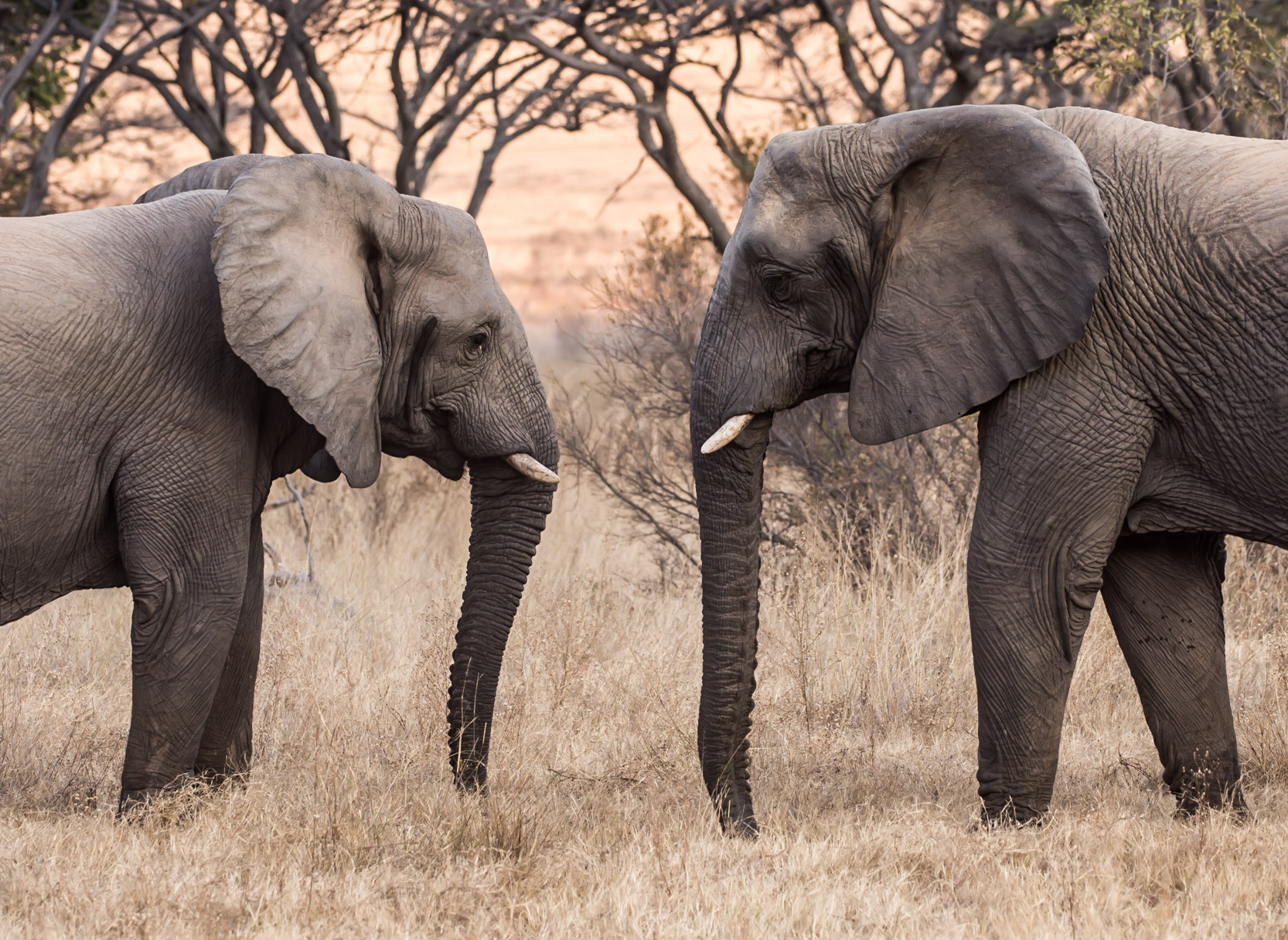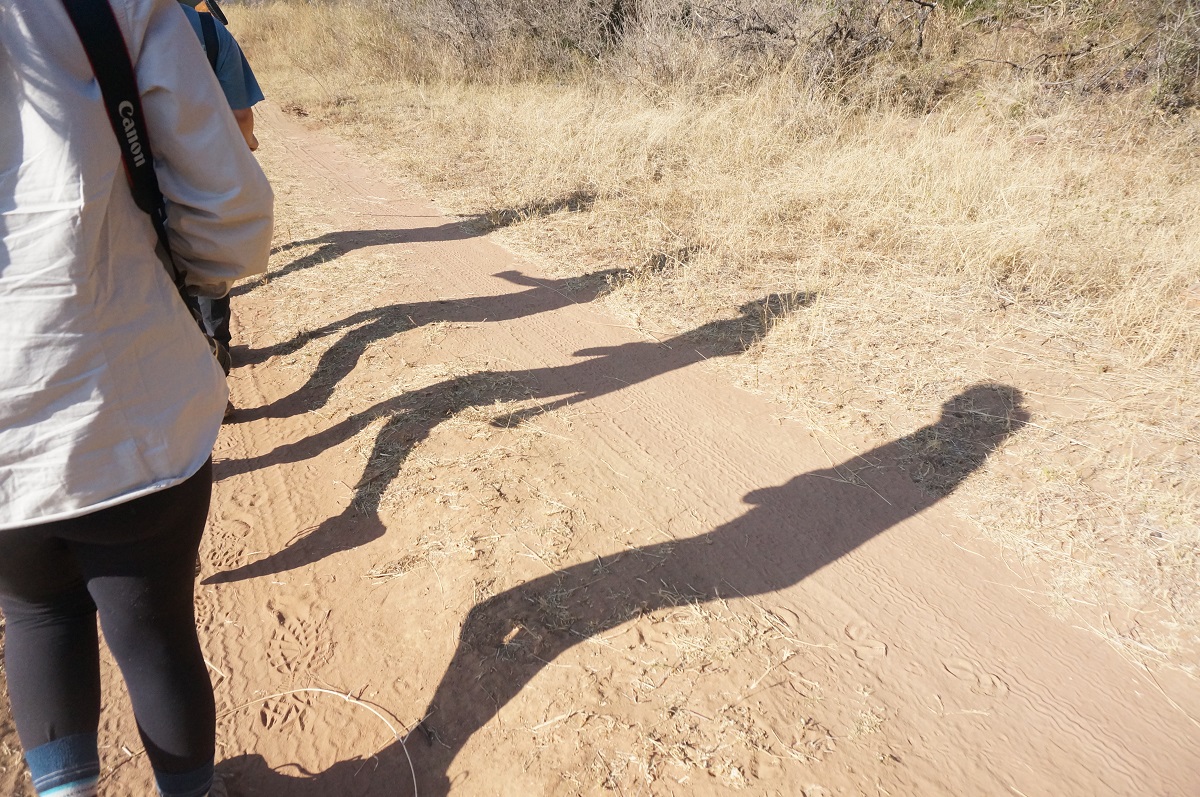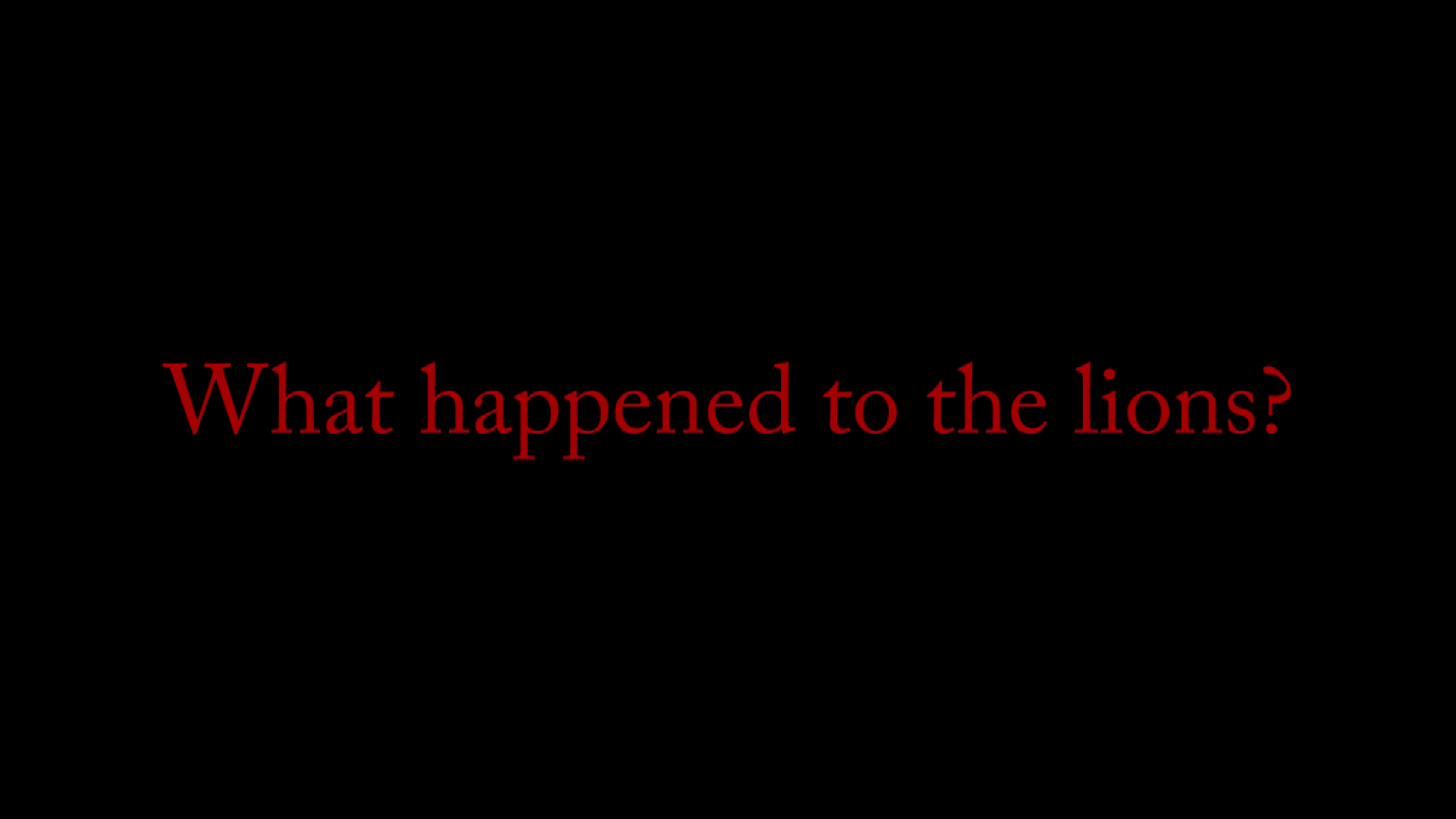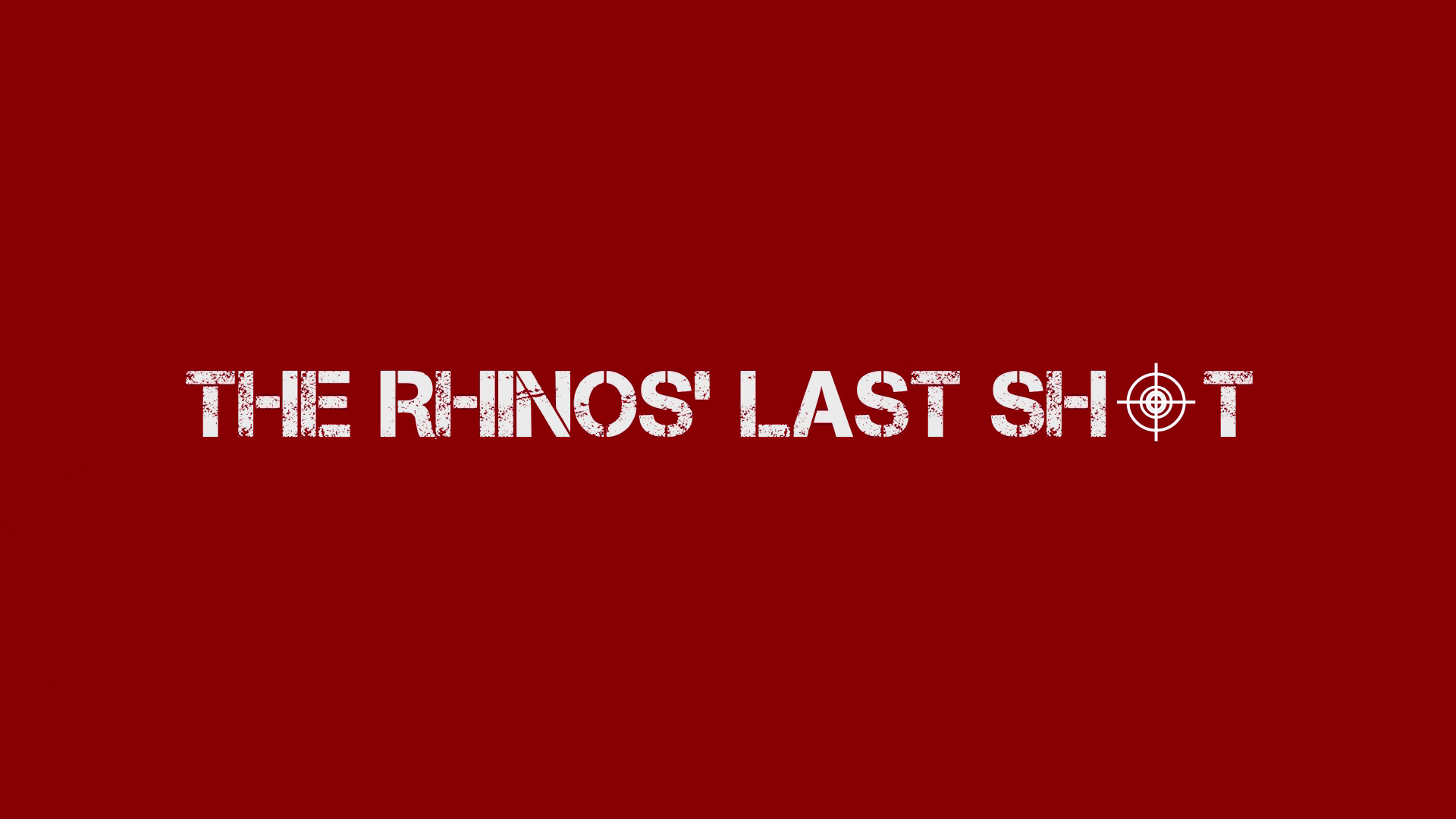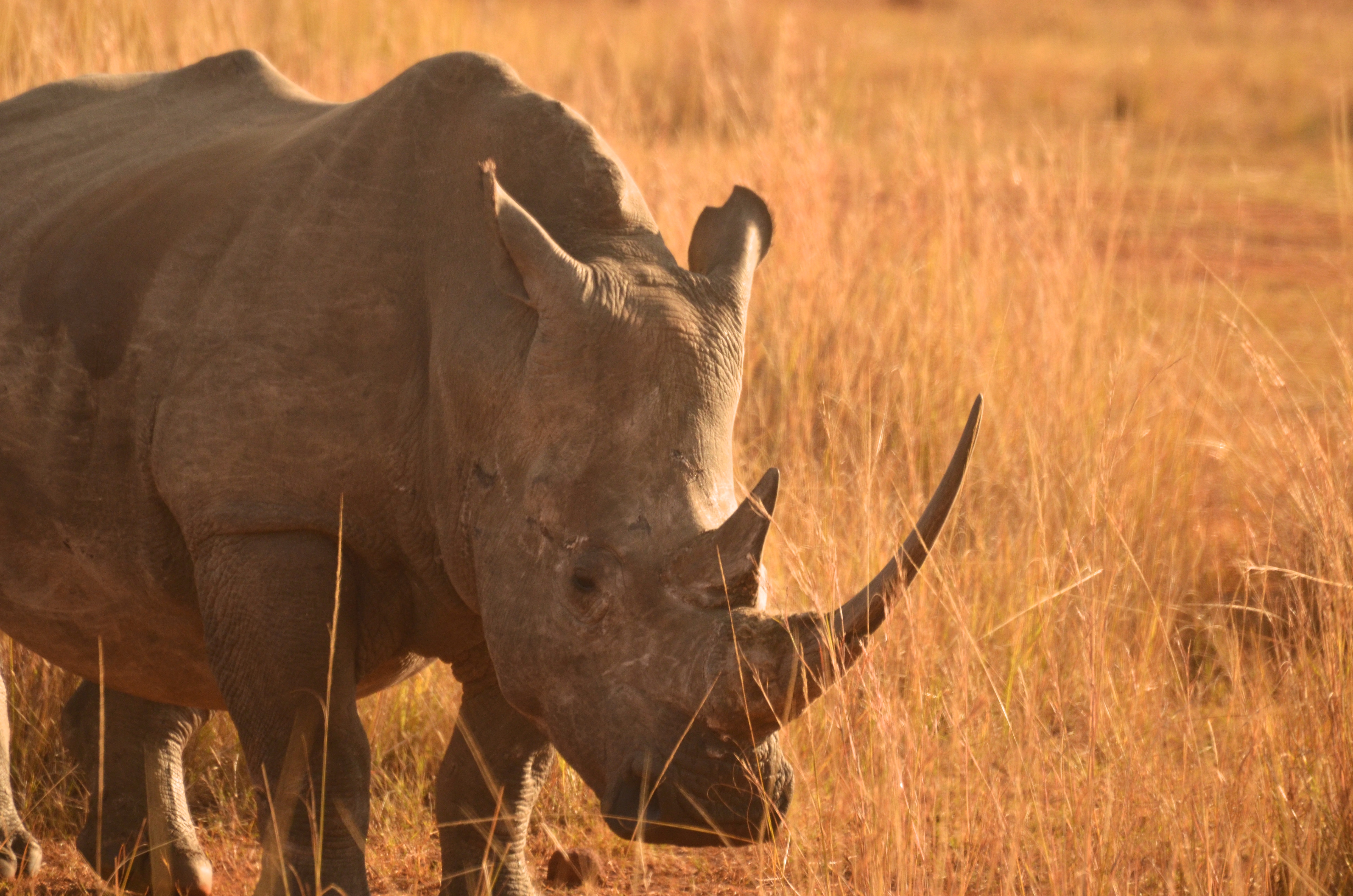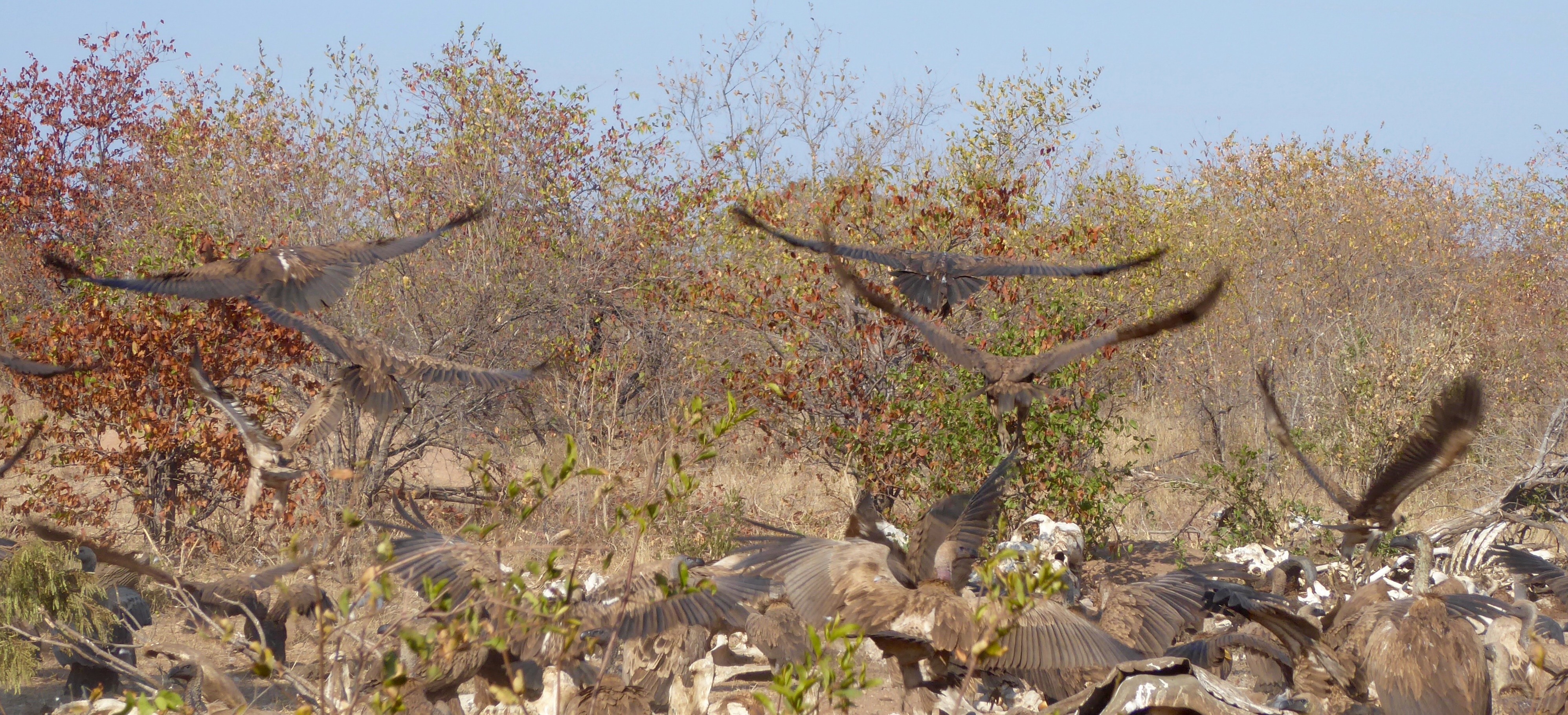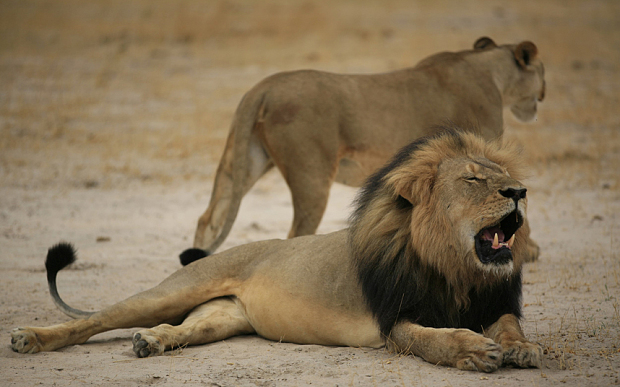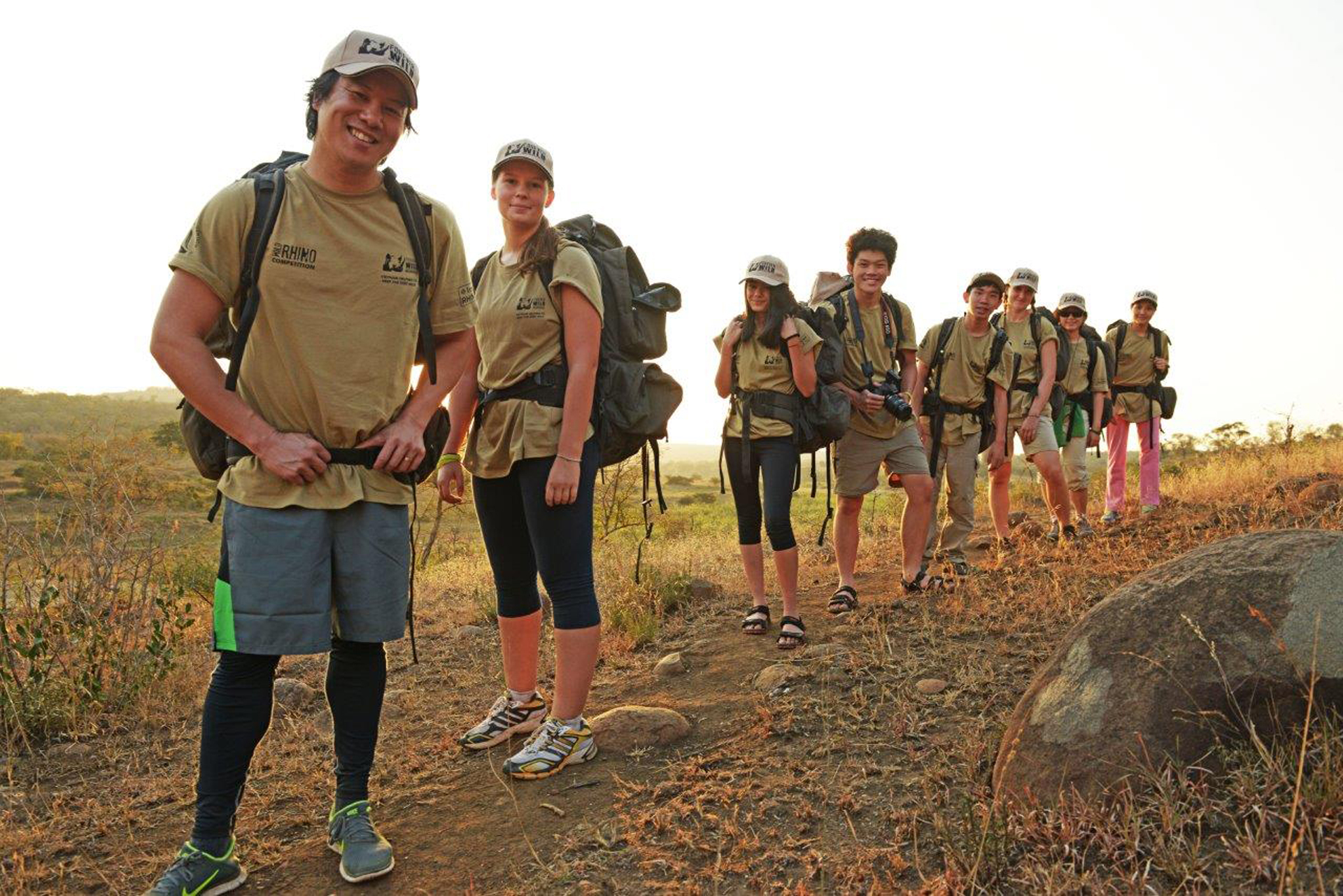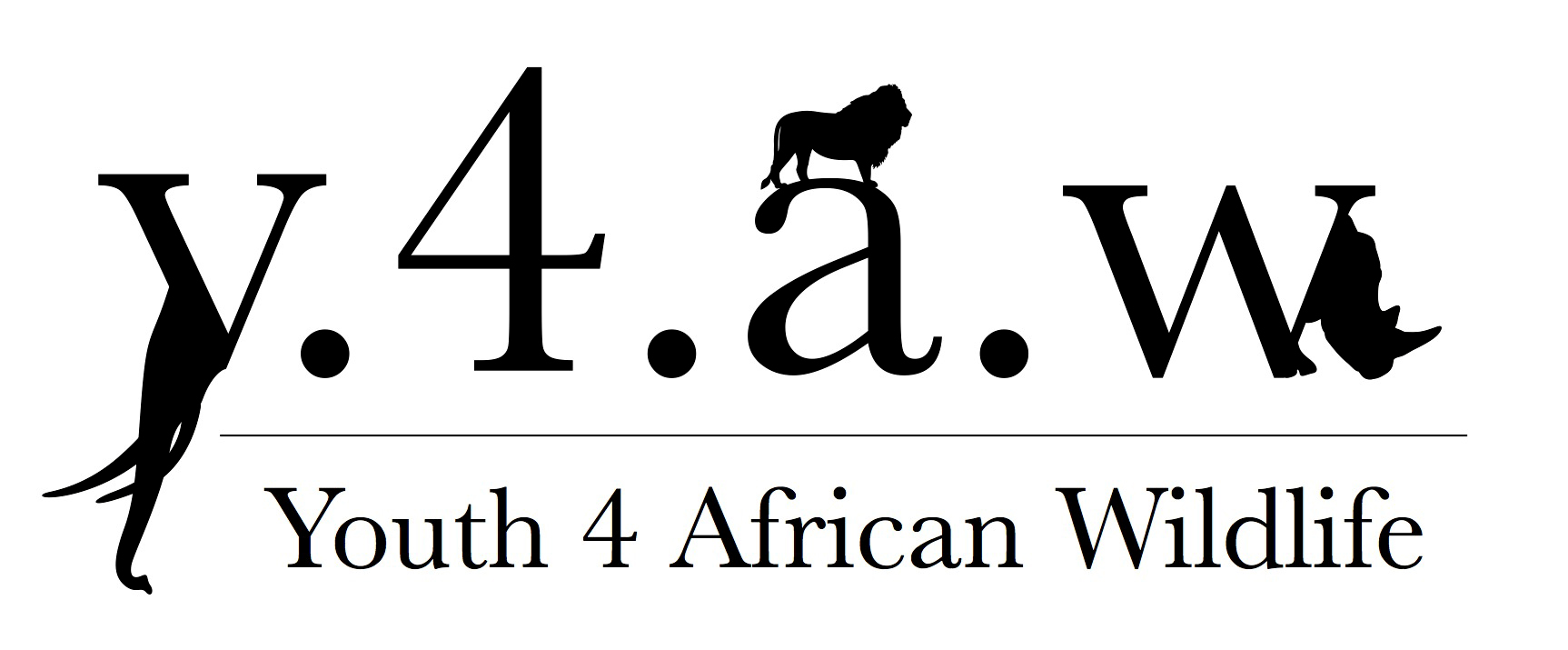Wake Up!
Easter Island was once a pristine tropical island thriving with life, primarily in the form of palm forests. After the arrival of Polynesian settlers, however, the ecosystem was transformed into a barren desert. These early inhabitants known as the Rapa Nui used the palm trees and their products for virtually everything: food, shelter, canoes, firewood, and the transport and erection of their famous Mo’ai, giant statues commemorating their ancestors. As the society grew, the population multiplied, and the demand for the precious palms multiplied with it. The settlers ignorantly continued to meet their demands by abusing the forest’s supply. In just a few centuries the trees were completely used up, leaving the fragile ecosystem in ruins. The forest was important ecologically not only because it was the society’s primary resource, but also because its destruction led to the erosion of topsoil, a decline in crop yield, and the drying up of streams and drinking water. The island could no longer support the settler’s population, and the civilization, along with other communities of creatures that relied on the palms, collapsed.
Continue reading “Wake Up!”
